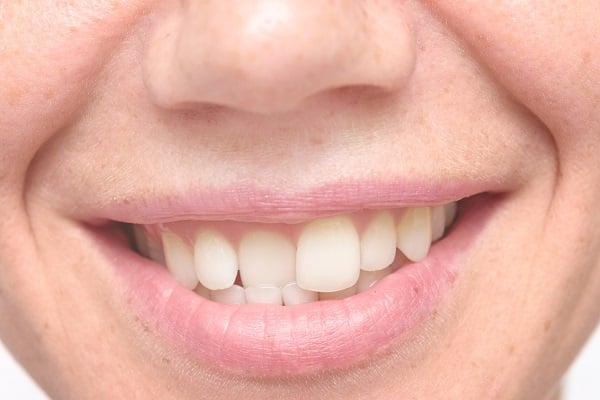
Misaligned teeth, also known as malocclusion, is a common dental issue that affects millions of people worldwide. It occurs when the teeth do not align properly, causing an uneven bite and potentially leading to various oral health problems.
However, this dental challenge can be effectively overcome with the help of advancing technology in dentistry through Invisalign in Morrisville, NC.
What do you mean by misaligned teeth?
Misaligned teeth, also known as malocclusion, refer to a condition where your teeth are not aligned properly, resulting in an uneven bite. This can potentially cause a series of oral health issues. This can manifest in different ways, such as teeth that are overcrowded, crooked, or spaced too far apart, as well as upper and lower teeth that do not meet correctly when the jaw is closed.
Misaligned teeth can affect not only the aesthetics of one’s smile but also the overall function of the teeth and jaw, leading to difficulties with chewing, speaking, and even breathing. Proper alignment of teeth is crucial for maintaining good oral health, preventing dental problems, and ensuring optimal overall well-being.
What are the types of misaligned teeth?
Misaligned teeth can be manifested in the form of:
- Overbite: Upper teeth overlap lower teeth
- Underbite: Lower teeth overlap upper teeth
- Crossbite: Upper and lower teeth bite incorrectly
- Open bite: Upper and lower teeth don’t meet
- Crowding: Teeth are too close together
- Spacing (diastema): Gaps between teeth
What causes misaligned teeth?
The causes of misaligned teeth can be divided into two main categories: genetic and environmental.
Genetic causes:
- Inherited traits: Misaligned teeth can be inherited from parents or grandparents.
- Abnormal jaw development: Genetic conditions affecting jaw growth and development.
- Tooth size discrepancies: Teeth that are too small or too large for the jaw.
Environmental causes:
- Thumb sucking or pacifier use: Prolonged sucking can push teeth out of alignment.
- Premature loss of baby teeth: Losing baby teeth too early can cause permanent teeth to shift.
- Trauma or injury: A blow to the mouth can cause teeth to become misaligned.
- Poor dental work: Improperly fitted dental restorations or orthodontic treatment.
- Abnormal habits: Tongue thrusting, mouth breathing, or other habits can lead to misalignment.
- Nutrition and diet: A diet lacking essential nutrients can affect tooth and jaw development.
- Age: Teeth can shift over time due to natural aging processes.
Other factors that can contribute to misaligned teeth include:

- Premature eruption of teeth
- Delayed eruption of teeth
- Supernumerary teeth (extra teeth)
- Impacted teeth
- Gum disease or tooth loss
How are misaligned teeth treated?
Treatment for misaligned teeth depends on the severity and type of misalignment, as well as the individual’s overall oral health. Here are some common treatment options:
- Orthodontic braces: Metal or ceramic braces that straighten teeth over time.
- Invisalign clear aligners: Removable, clear plastic trays that gradually move teeth.
- Dental veneers: Thin layers of porcelain or composite material bonded to teeth to improve appearance.
- Crowns and bridges: Restorations that cover or replace misaligned teeth.
- Teeth straightening surgery: Orthognathic surgery to correct severe jaw misalignment.
- Retainers: Custom-made devices worn after orthodontic treatment to maintain alignment.
- Clear retainers: Removable, clear plastic retainers for mild misalignment.
- Lingual braces: Braces attached to the back of teeth for discreet treatment.
- Ceramic braces: Tooth-colored braces for a more aesthetic option.
- Orthodontic appliances: Devices like palatal expanders or headgear to correct specific issues.
Bottom line
Misaligned teeth can have a significant impact on oral health and overall well-being. By understanding the causes, effects, and treatment options, individuals can take steps toward achieving a healthier, more confident smile. Early intervention and prevention are key to avoiding more severe problems down the line. Consult a dental professional for personalized advice and treatment.



